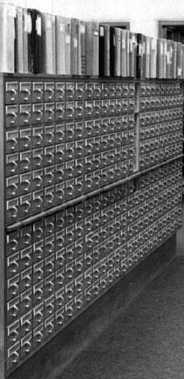
California Digital Library
Interface Design ProjectLow Fidelity Prototyping
[ Home | Introduction | Prototype | Method | Test Measures | Results | Discussion | Appendices ]
Introduction
The California Digital Library (CDL) website makes a wide variety of online resources available. We are redesigning a portion of its interface to offer users more of the information and support they need to successfully navigate and search among these many resources.
Our project will focus solely on the top-level, main entry pages of the CDL. We will not attempt any alterations to MELVYL or the other databases or resources available within the site. Nonetheless, it is important for us to test these redesigned pages as a part of the whole site; the information presented in the earliest screens should affect the users' perceptions of the site, and its effect should be evident not just in the way they use the front pages, but in the way they use the site's other pages as well. Therefore, in our lo-fi experiment we combined the active CDL website search mechanism with a prototype of the redesigned initial web pages (Home, Search & Browse, and Site Map.).
The major challenge to users of the CDL is their conception of its structure: the CDL requires a "two-level search". First, a user must locate the specific database which suits his purpose, and second, he must search within that database for the content itself. The CDL, as an umbrella of multiple resources, does not enable direct searching of its databases' contents.
It is important, therefore, for the site's front-end pages to inform the user of the need for a two-level search and to assist the user in selecting the correct database for content-searching. In our prototype testing, we looked for the ability of users to use our front-end pages as orientation toward the many resources and search or browse paths available in the CDL. We watched specific problems users had in their search paths "below" our redesign (in CDL itself online) and their conceptions of which searches were appropriate at which times in order to better understand what kinds of orientation and support our front-end pages should provide. We also watched to see if our assumptions on more "Help" choices (Help, Site Map, Go To drop-down menus) were viable for the users.
[ Home | Introduction | Prototype | Method | Test Measures | Results | Discussion | Appendices ]